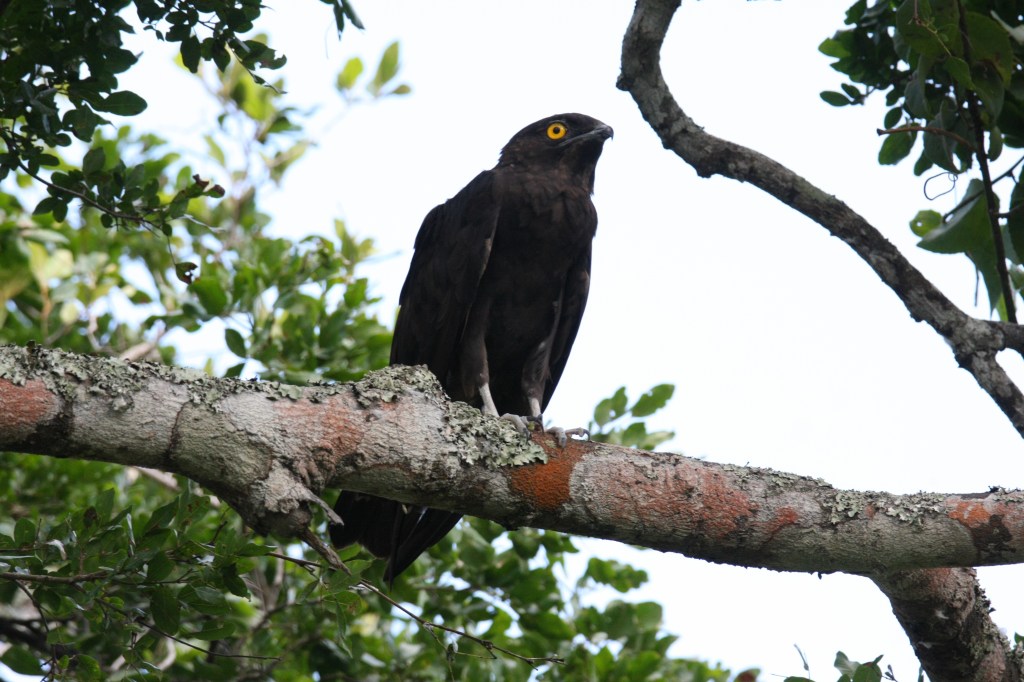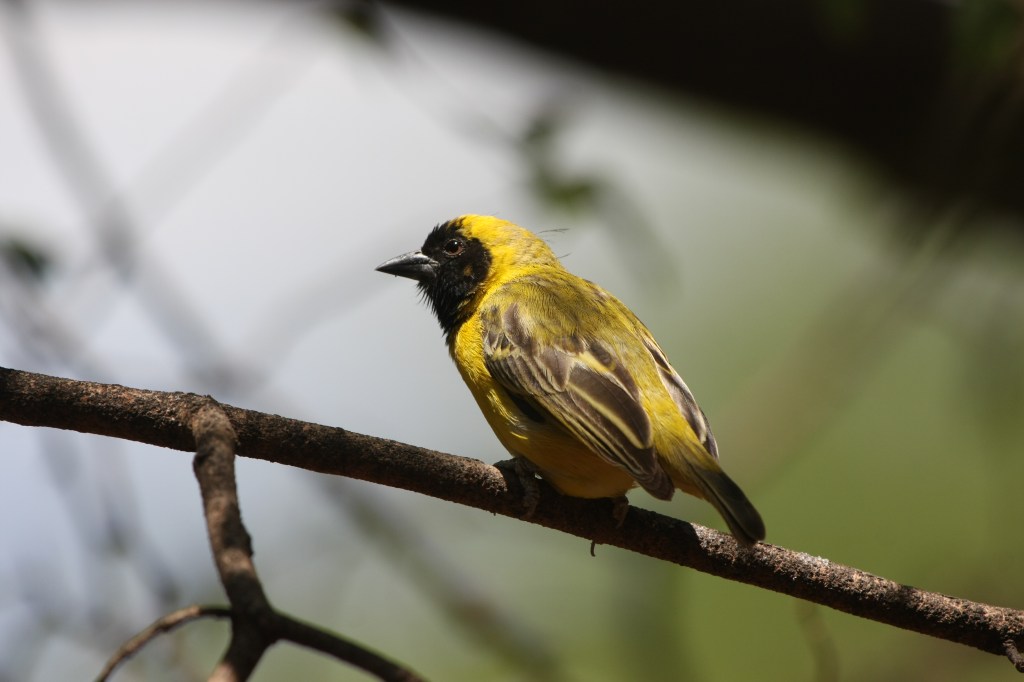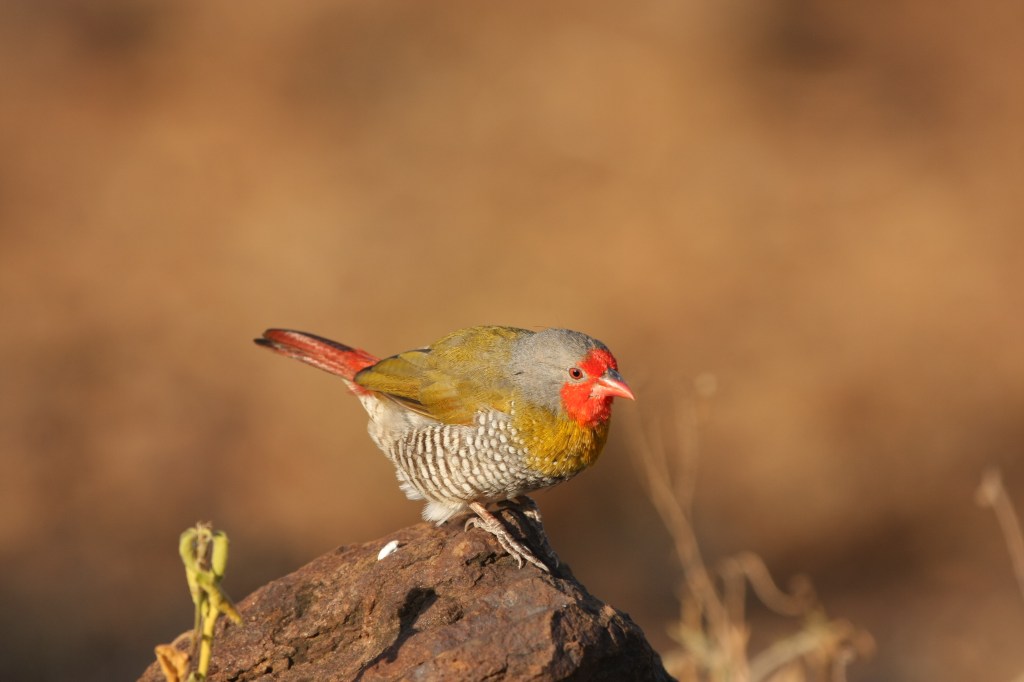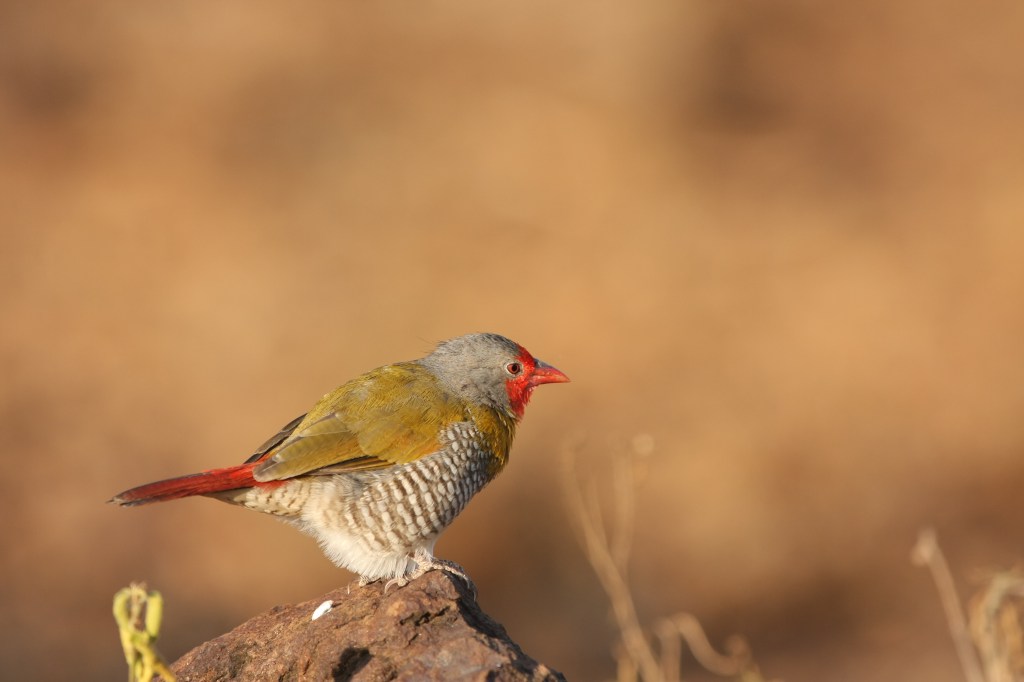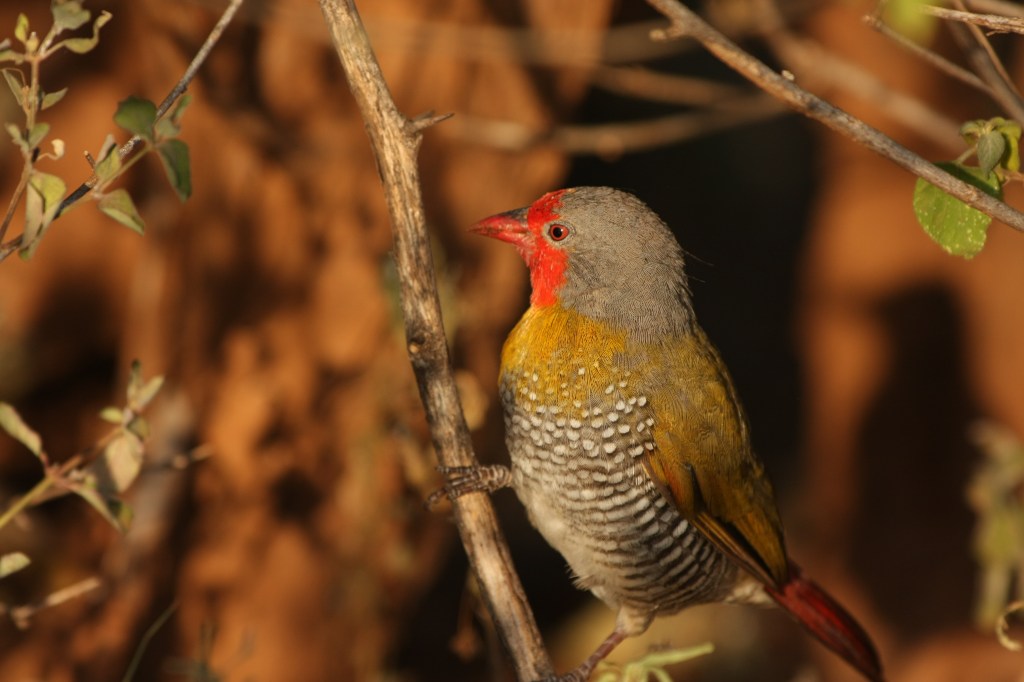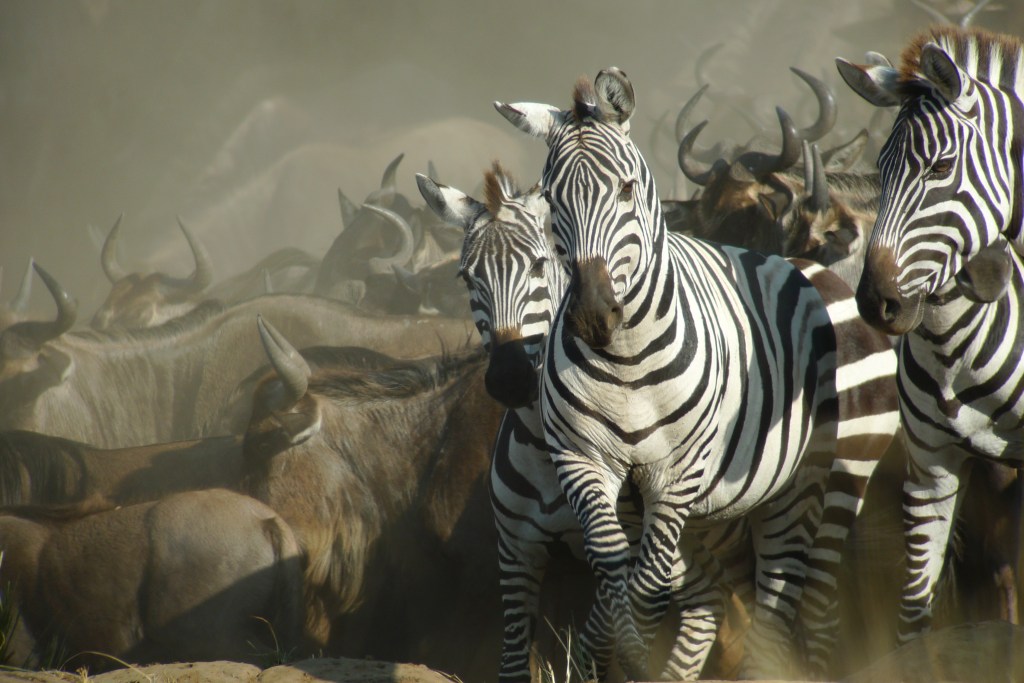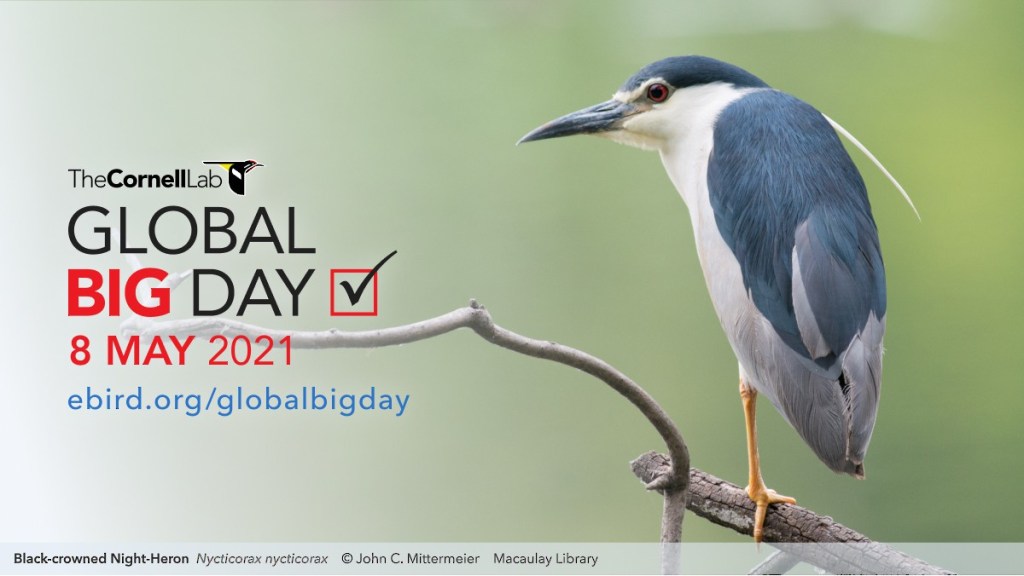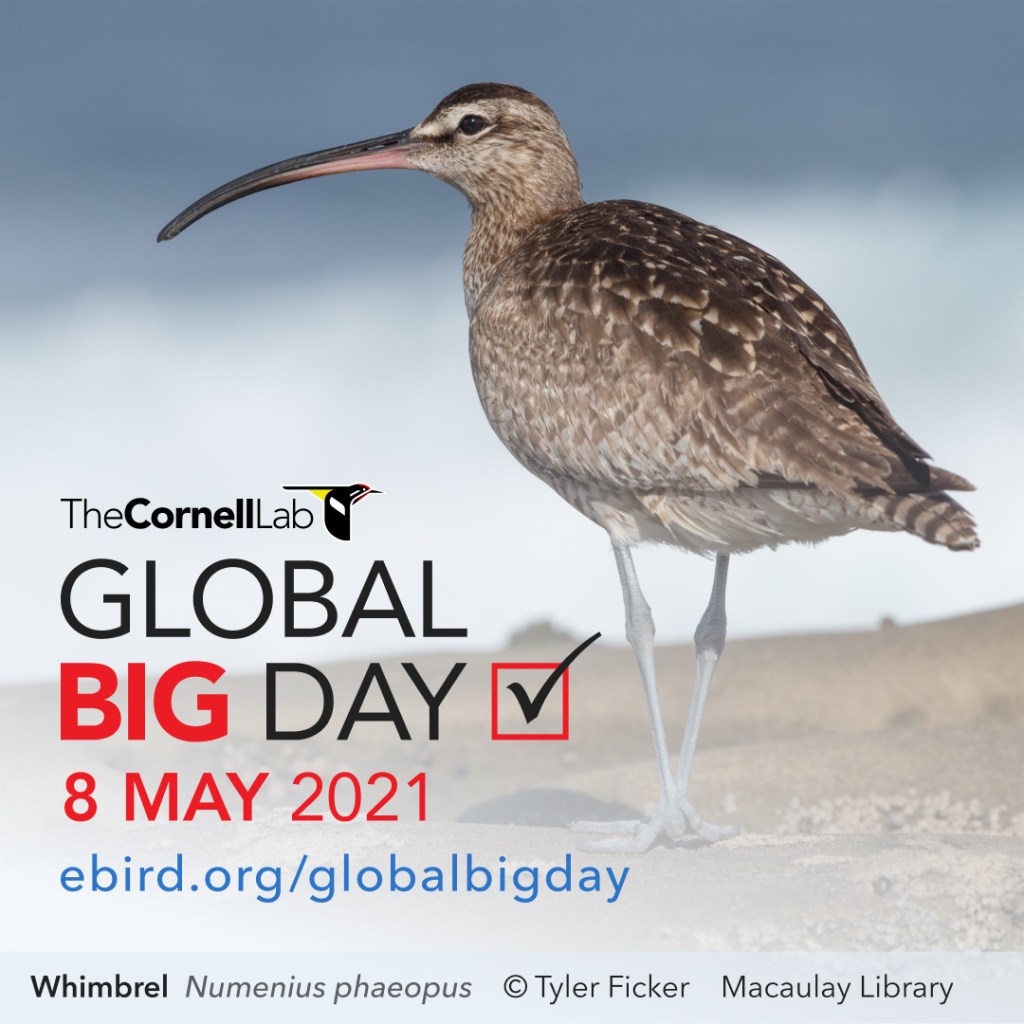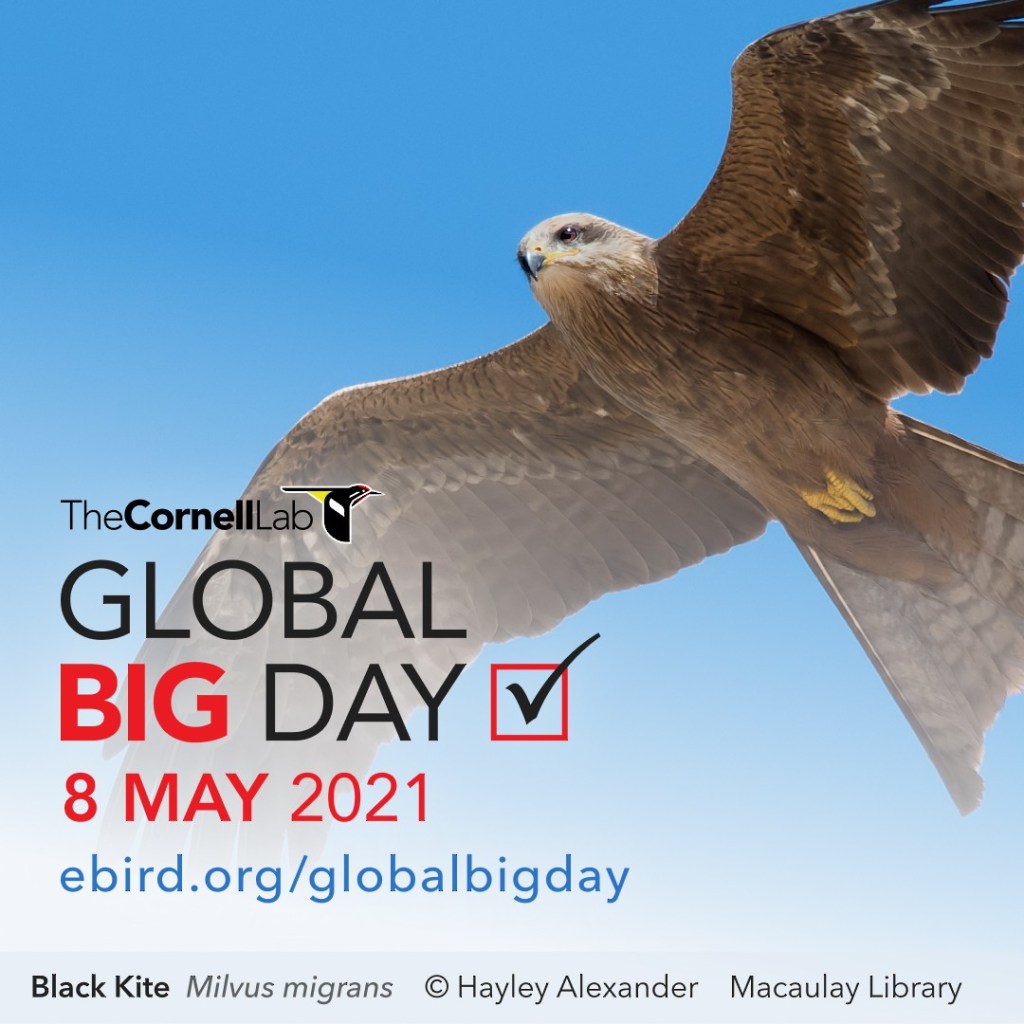
I went back to Arabuko Sokoke forest last week again and it was the first time we explored the forest without the guidance of David Ngala.Like they say good teachers leave good students behind,we were guided by David colleague Willy Gombe who I must admit did exceptionally well in helping us track and photograph the Sokoke pipit and other highly sort after species like the Sokoke Scops Owl,East Coast Akalat,Gorgeous Bush-shrike,Little-yellow Flycatcher,Red-capped Robin-chat, Bat Hawk, Chesnut-fronted Helmet-shrike,Forest Batis, Plain-backed and Amani Sun Sunbird.

The Arabuko-Sokoke forest is the largest relic of a formerly larger contiguous East African coastal forest. It forms part of the Eastern Arc Mountains and Coastal forest ecoregion which is a global biodiversity hotspot with considerable species endemism. Despite such conservation significance, the forest is undergoing rapid modification and habitat loss mainly from anthropogenic pressures, with negative impacts on sensitive species such as the Sokoke Pipit ( Anthus sokokensis ), one of the globally-endangered birds
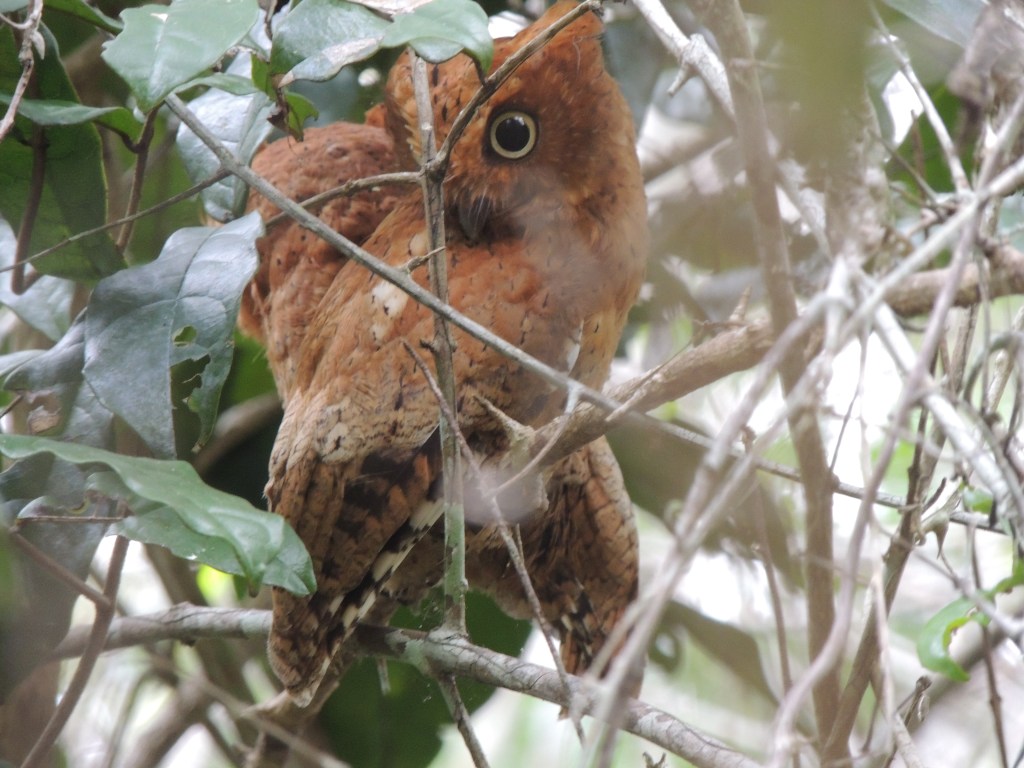
The weather at the coast when we were there was not very friendly to birding,it was really cloudy and rainy, though we kept on with our birding taking break here and there to shelter from the rain when it gets heavy. Overall, I think we did well considering the small challenges we faced that was not within our control.
